By: Staff
The Snow Goose is a wildlife success story. Amid almost universal concern about the conservation of dwindling wildlife populations, the opposite is the case with the Snow Goose: the massive rise in numbers in the past couple of decades has resulted in various states implementing special ‘conservation orders’ designed to control the population by setting goals for the numbers of birds to be harvested. In the early 20th century the Snow Goose population was very low and hunting was severely restricted. Concerns were raised about the threat to migratory bird populations because of several aspects including the popular women’s fashion of wearing feathered hats, were the main causes of their drastic decline. The solution was the Migratory Bird Treaty Act 1918 in which the US, Canada, the Soviet Union, Japan and Mexico laid the ground rules for the complete protection of migratory birds. The Snow Goose is still a protected species under the act, hence the need for further legislation. In various states a special permit for hunting Snow Geese may or may not be necessary, and the hunter may be required by the regulatory authority to supply information on the number of birds killed.
Population and Habitat
A massive increase in agricultural production during the 20th century resulted in plentiful winter food for the geese, mainly in the form of waste grain lying on the fields after harvest, and this has helped to produce the current high population. Another factor was the strict hunting regulations in force during the 1970s and ’80s. A higher rate of adult survival and increased reproduction allowed this recovering population to flourish and become overabundant. A trend of warmer summers and better food supply in their summer breeding grounds in the high arctic regions of the northern Canadian islands west of Greenland, as well as northeastern Russia and Wrangel Island in the Siberian Sea, has possibly also contributed to population growth. An early thaw followed by a warmer summer also means a longer breeding season, while in years when the thaw is late, when the birds cannot build their nests until the ground is free of snow and they need to allow time for the young to mature, large numbers of a population may forgo breeding. The current trend of favorable climate and abundance of food has been good for the Snow Goose, although their success has had a harmful affect on the populations of other bird species because of the pressure put on the fragile Arctic and sub-Arctic ecosystems.
The Snow Goose’s favored breeding habitats are the shallow arctic lakes and marshy meadows that are safe from spring floods. Huge flocks of migrating geese settling to feed on similar areas of coastal marshland further south can severely damage these habitats, as well as deplete agricultural crops such as winter wheat, barley, rye and hay. The Snow Goose is mainly herbivorous and will feed on the leaves, fruit and roots of many different plants including agricultural grain. Its original wintering areas were in the Atlantic states from South Carolina up to New Jersey, in the Midwestern states around the Mississippi south of the Great Lakes down to the Gulf of Mexico, in northern California and the area around the border between Arizona and California. One of the largest original breeding colonies was on Bylot Island, north of Baffin Island, where there was a population of up to 70,000 birds that had been counted; of the two subspecies, the Greater Snow Goose nests in this area north of Hudson Bay, while the Lesser Snow Goose nests in central Canada and around the Bering straits.
The greatest damage to habitats, staging areas and wintering areas are caused by the Lesser Snow Goose because they are more thorough in digging up entire plants. On their migration they use the central flyway, which takes them across some of the most fertile agricultural land in the country and has allowed them to diversify their diet to include practically any crop they encounter. They travel farther than other populations of geese to winter mainly in the southern states, where the increasingly widespread rice crop provides an ideal habitat of flooded fields and newly planted rice grains. Wintering in such balmy surroundings gives them a distinct advantage over others that struggle to survive: by the spring the birds have suffered fewer fatalities, and they are healthy and have fattened up in preparation for the return flight north.
Hunting the flocks

Although the Snow Goose population is booming, it can provide the most challenging of all forms of waterfowl hunting, requiring a good knowledge of the bird’s habits and the use of specialized strategies. Few outdoor experiences can match the thrill of being in the center of a swirling flock of several thousand birds attracted by your decoy spread. The geese begin their migration from mid August onwards, usually reaching the prairies around September, the Central Valley of California around December or January, and the Eastern states south of the St Lawrence River from October onwards. These dates are variable of course, depending on the weather. A cool autumn with forecasts of early snows will mean the early arrival of the geese, so it pays to keep informed. Hunting seasons also vary between states depending on which flyway the geese have used and how far they have come, which will determine when they arrive from either their nesting grounds or wintering areas.
Snow Goose migration have three different migrating stages. The first wave is made by the older adults, which can be anything up to 30 years of age and with many similar journeys behind them. They will have experience of hunters and their decoys so will be difficult to fool. The Snow Goose is not easy to decoy at the best of times: a good rough guide is to use 500-1,500 decoys per spread. If the weather is stormy, cut these by half. You must have a clear plan that includes hiding areas, holes, family groups, landing areas etc. Groups of decoys separated by open areas will look more natural and seem larger. You might see a flock of thousands in one field and think this is easy pickings, but that is not the case. In the second wave there are fewer birds in total but more of them are younger juvenile geese and competition between the birds is not so intense. Use a good sized spread of decoys to achieve a good result, but this second wave of birds responds well to extras such as rotary decoys or fliers. Finally, the third wave consists of mostly all young birds in small flocks of about 5,000 rather than 20,000 or more in the earlier waves, making them hard to scout, although putting up good numbers of decoys will pretty well guarantee you success.
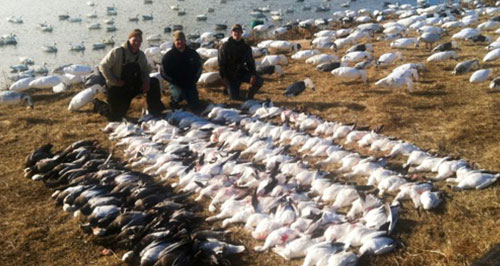
Find Your Next Snow Goose Hunt At Hunt The North
https://huntthenorth.com/MissSnowGoose.html
https://huntthenorth.com/SDSnowGoose.html
https://huntthenorth.com/ArkSnowGoose.html
https://huntthenorth.com/COSnowGoose.html
https://huntthenorth.com/IllSnowGoose.html
https://huntthenorth.com/IASnowGoose.html
https://huntthenorth.com/KSSnowGoose.html
https://huntthenorth.com/NESnowGoose.html
https://huntthenorth.com/NDSnowGoose.html

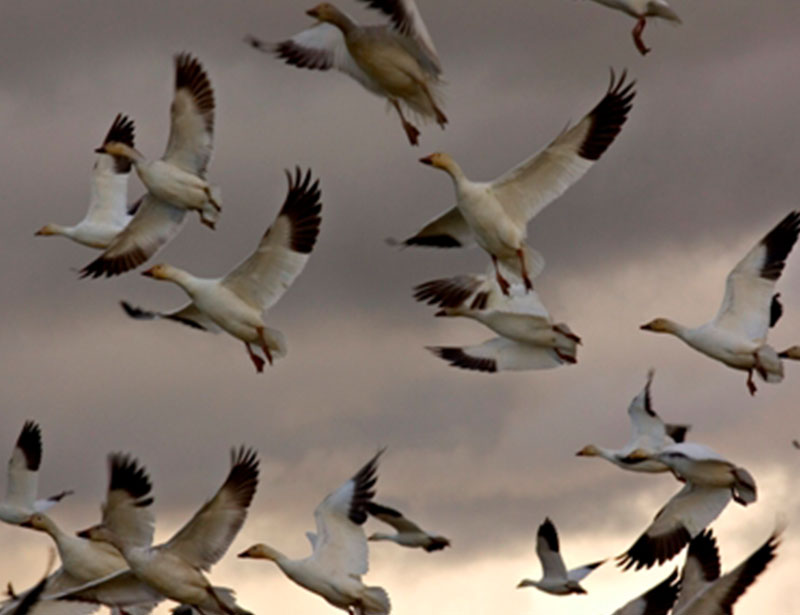
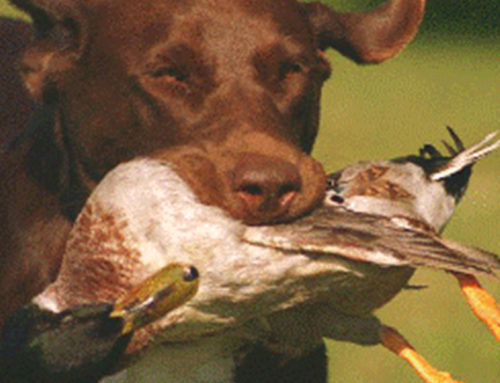

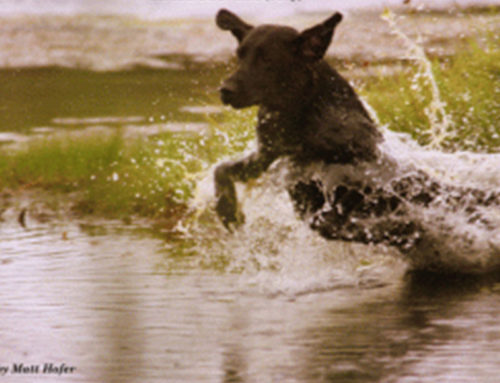
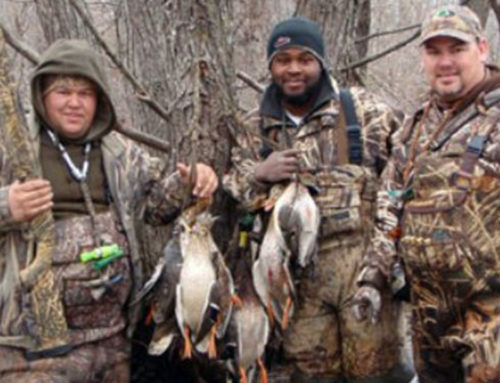
Leave A Comment